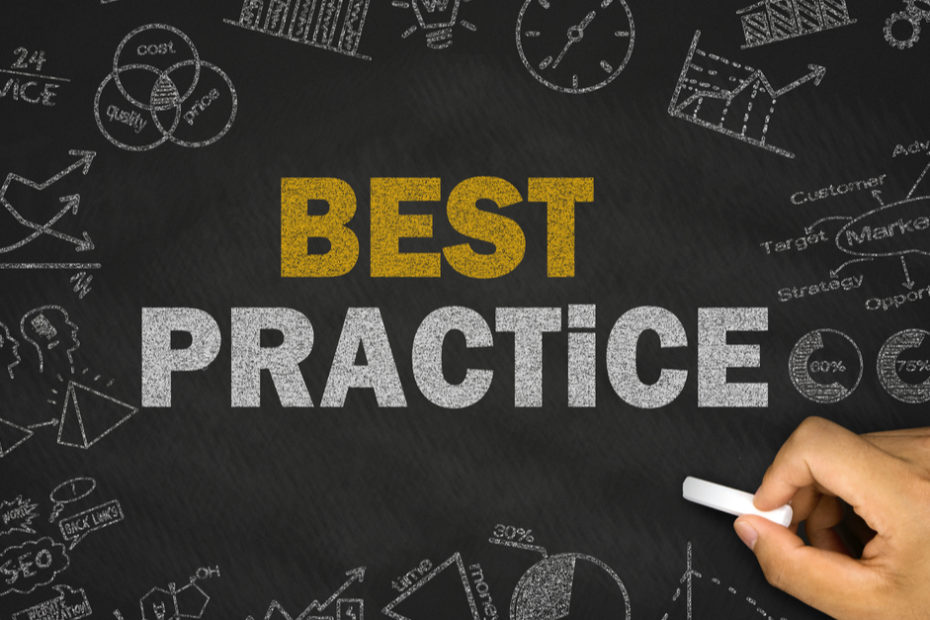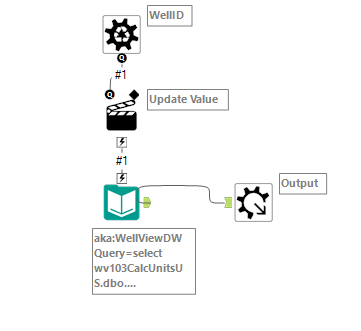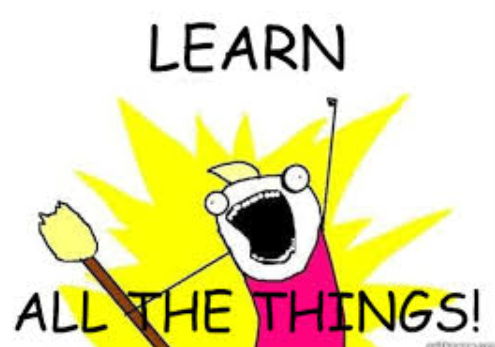Set Multiple Scale Ranges with Document Properties
Working with multiple scales in Spotfire visualizations can be a bit of a pain. I frequently find I have more scales than I need, and getting them synched up to the same min and max values can be frustrating. Last week, I built a project that allowed users to set multiple scale ranges with document properties. Not only does it give users more control, but it keeps multiple scales synched. It required a little bit of IronPython but was easy to setup. Read on to learn how.
Read More »Set Multiple Scale Ranges with Document Properties







